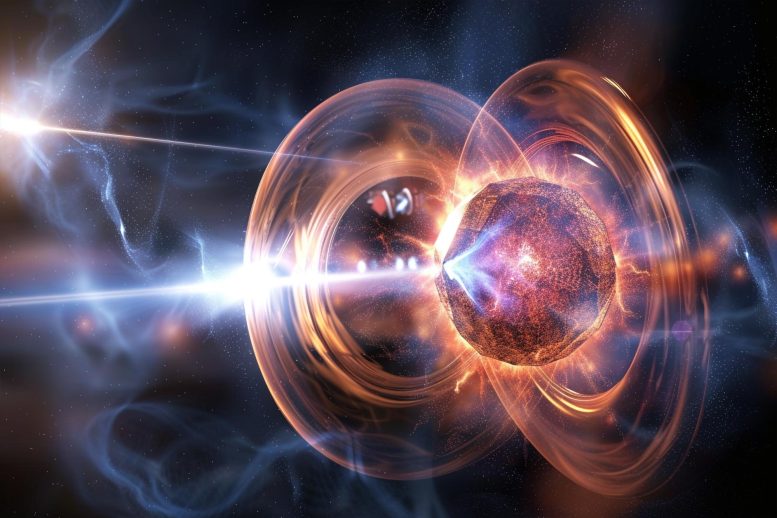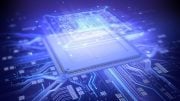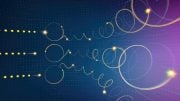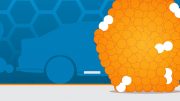
Researchers have developed a method to quantify quantum entanglement using normalized entanglement witnesses in various experimental scenarios. This advancement allows for the estimation of lower bounds on entanglement measures and can differentiate between entangled and separable states more effectively. Credit: SciTechDaily.com
A new method quantifies quantum entanglement using normalized entanglement witnesses, enhancing the ability to measure entanglement across different scenarios.
Prof. Sixia Yu, Associate Researcher Liangliang Sun, and Xiang Zhuo from the University of Science and Technology of China (USTC) of the Chinese Academy of Sciences (CAS), in collaboration with Prof. XU Zhenpeng from Anhui University (AHU) and Armin Tavakoli from Lund University, proposed an approach to quantify entanglement using the standard entanglement witness procedure under three common experimental scenarios. Their work was published recently in Physical Review Letters.
Enhancing Entanglement Witness Procedures
Two fundamental tasks in quantum entanglement research are detection and quantification of entanglement. Entanglement witnesses (EWs), which are observable quantities that are negative for entangled states and positive for separable states, are widely used to detect entanglement under various experimental scenarios for its simplicity and strong detection capabilities. Up to now, EWs have only been used to detect the presence of entanglement, remaining silent on estimating the amount of entanglement present in the state.
Breakthrough in Entanglement Quantification
This team filled this research gap by discovering that EW can be normalized into a trace distance that characterizes the distinguishability between experimental data generated by a given entangled state and by a separable state under identical measurements. The distinguishability is the core of entanglement quantifier and can be used to bound a variety of common entanglement measures.
In the scenario of trusted devices, the normalized EW characterizes the optimal distinguishability between the given state and separable state. In the device-independent (DI) scenario, the normalized EW quantifies the optimal distinguishability between the quantum correlations generated by the given state and the local correlations generated by a separable state. Similar normalization of the EW is achieved in the measurement-device-independent (MDI) scenario.
Broad Implications for Quantum Research
This entanglement quantifier enables researchers to estimate the lower bounds of various entanglement measures based on the mean value of the EWs, regardless of the experimental scenario. EWs are no longer silent on the quantification of entanglement. Furthermore, for multipartite systems, the normalized EWs can be leveraged to estimate the entanglement depth, which is the minimum number of entangled particles. When the number of particles approaches infinity, this method provides a rigorous lower bound that asymptotically tends to the exact value of entanglement.
The reviewers highly praised this work, saying that it “comprehensively addressed an important issue, enabling entanglement experiments to encompass a broader range of entanglement measures.”
Reference: “Bounding the Amount of Entanglement from Witness Operators” by Liang-Liang Sun, Xiang Zhou, Armin Tavakoli, Zhen-Peng Xu and Sixia Yu, 12 March 2024, Physical Review Letters.
DOI: 10.1103/PhysRevLett.132.110204









🀄
Better